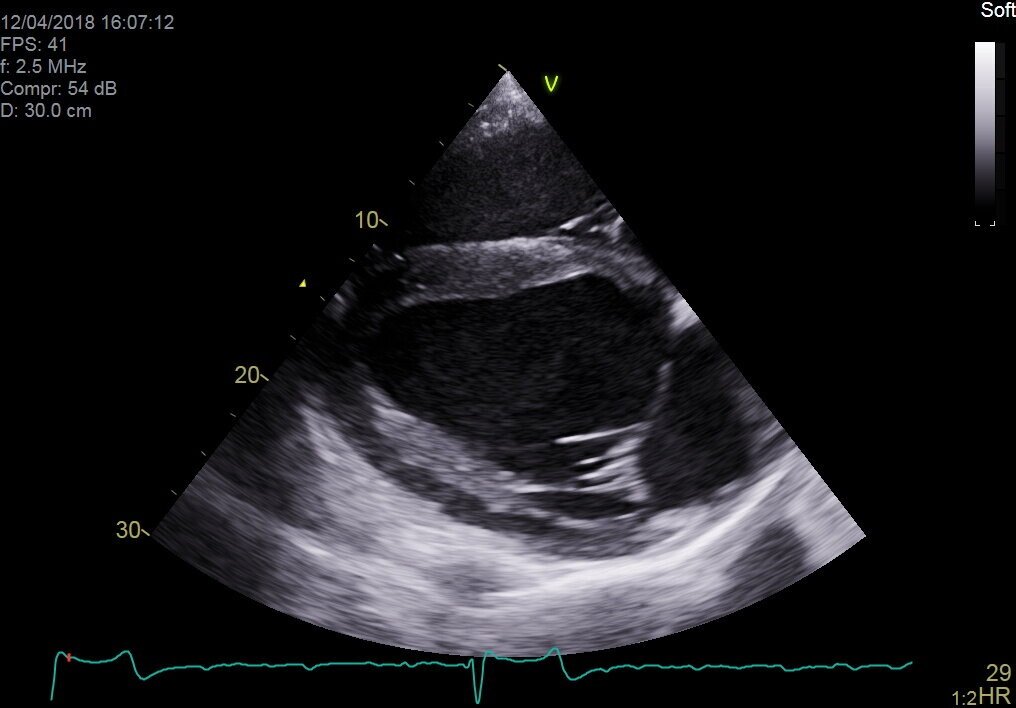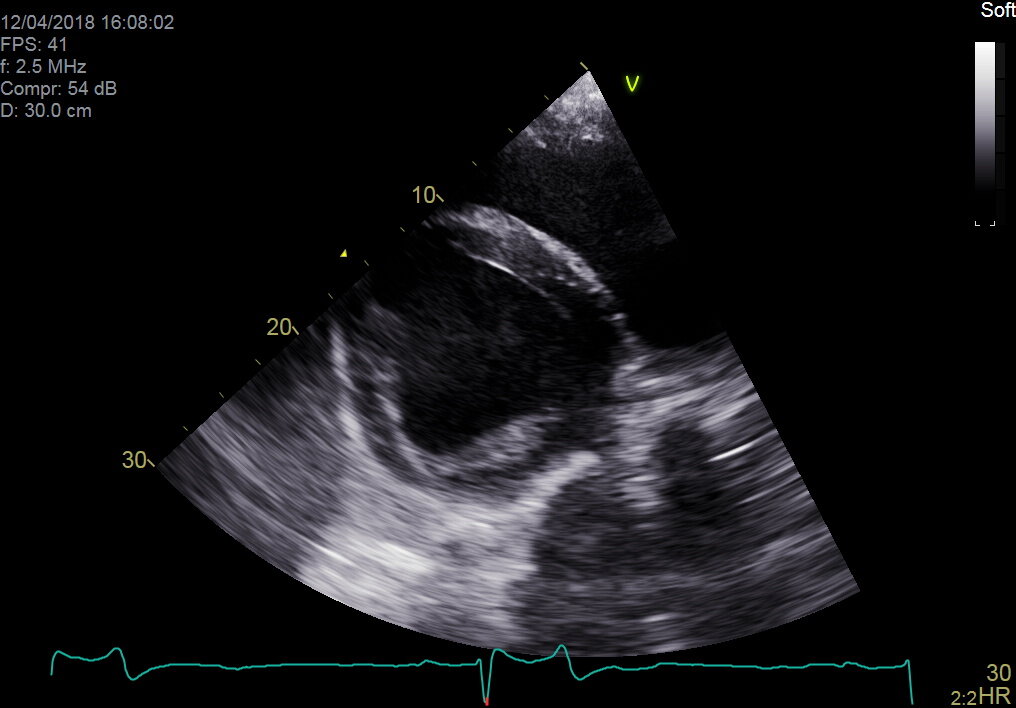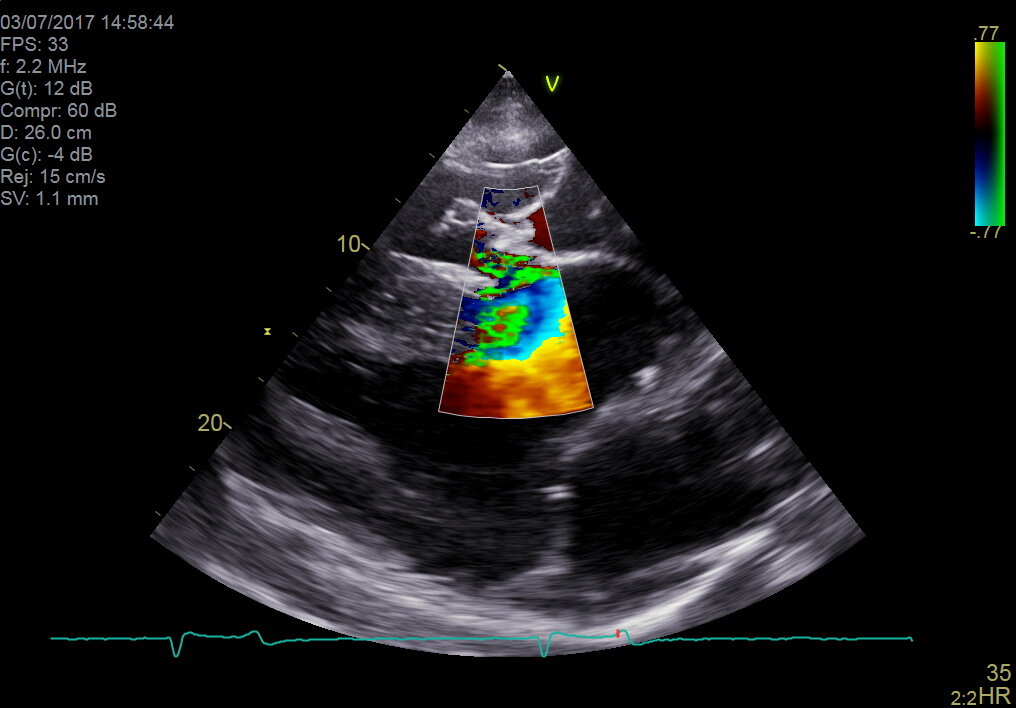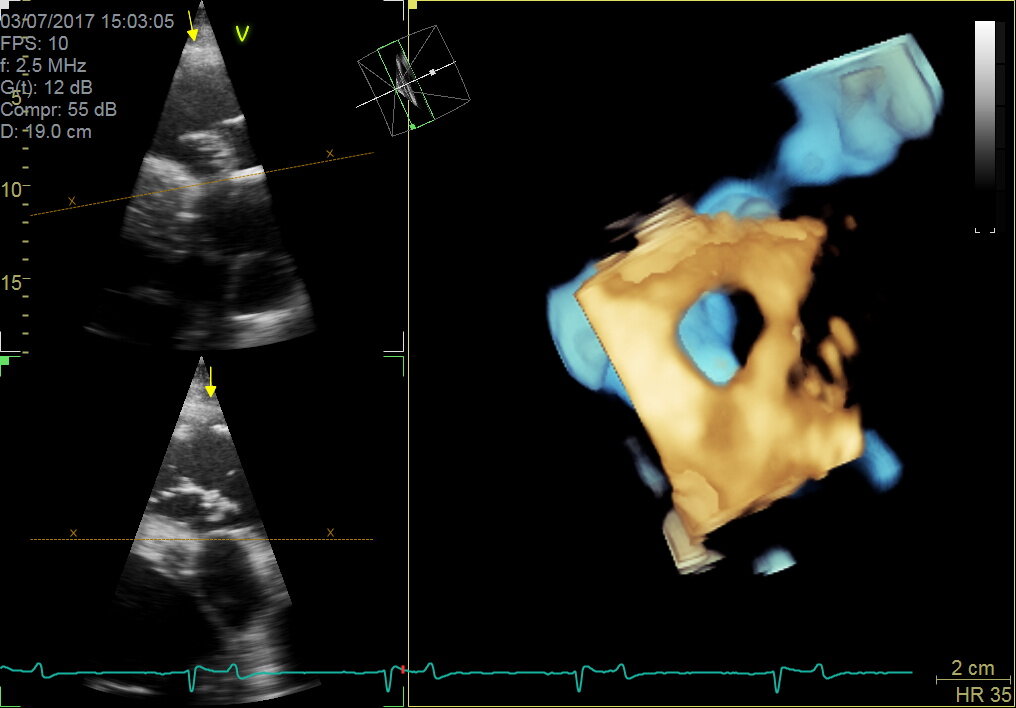Thoroughbred Sales Assessment; Update from the Gerald Leigh Memorial Lectures, 2019
By Tom O’Keeffe
The Beaufort Cottage Educational Trust Gerald Leigh Memorial Lectures took place this year at the National Horseracing Museum in Newmarket and a host of international and local veterinary specialists and industry leaders were present to discuss the veterinary aspects of the sales selection of the thoroughbred.
Gerald Leigh was a prominent breeder and racehorse owner until his death in 2002; and his friend and vet Nick Wingfield Digby opened the seminar and introduced the speakers. The Gerald Leigh Charitable Trust has established this annual lecture series to provide a platform for veterinary topics relating to the thoroughbred to be discussed amongst vets and prominent members of the industry.
Sir Mark Prescott described his take on the sales process and some of the changes he has noted since his early involvement in the industry. He recalled how the first Horses in Training sale he attended had only 186 horses. In those early days, his role was to sneak around the sales ground stables late at night on the lookout for crib biters. Back then, there was no option to return horses after sale, and as a result, trainers preferred to buy horses from studs they were familiar with—a policy Sir Mark still follows to this day.
Sir Mark went on to explain that he believes strongly that the manner in which an animal is reared has a strong bearing on their ability to perform at a later date. Sir Mark also mentioned that horses can cope with many conformational faults nowadays that would have been deemed unacceptable in his early years. He attributed this to improvements in ground conditions, such as watering and all-weather surfaces. Mike Shepherd, MRCVS, of Rossdales Equine Practice in Newmarket had been tasked with describing and discussing the sales examination from a veterinary viewpoint and in particular attempting to define what vets are trying to achieve in this process.
Shepherd’s key message was that the physical exam is the cornerstone of any veterinary evaluation. A vet examining a horse on the sales ground is not a guarantee that the horse will never have an issue—there is no crystal ball. Owners and trainers should be aware there are several limitations of the vetting process, and it is helpful to think in terms of a “pre-bid inspection” rather than a “pre-purchase examination”. The horse is away from its home environment, and this puts a lot of stress on the animal. In most cases, pre-purchase exercise is not possible, so conditions that are only apparent when the horse is exercising and in training may go undetected.
Time is a major challenge, with both vendors and prospective purchasers pushing for everything to be done as quickly as possible. A busy sales vet may have a long list of horses to examine, and information on each must be transferred to their client coherently and clearly—all before the horse is presented for sale. It can be challenging to acquire a detailed veterinary history. Previous surgeries, medication and vices displayed by the animal ought to be reported, but in many cases the person with the horse is not in a position to accurately answer questions on longer-term history.
Everyone involved—the vendor, the prospective purchaser, and the auction house—wants the process to go ahead. The horse to be bought/sold and the vet can be seen as a stumbling block. Prospective purchasers may want the horse to be examined clinically, its laryngeal function examined by endoscope, radiographs of the horse’s limbs either reviewed or taken, ultrasound examinations of their soft tissue structures and heart performed. The role of the vet is to help the purchaser evaluate all this information and make an evidence-based decision on whether to purchase the horse.
Examining vets can face conflicts of interest when examining horses that are under the ownership or care of one of their clients. Shepherd explained how Rossdales, and some other practices involved in sales work, have a protocol that an examining vet will not perform a vetting on a horse in the care of one of their own clients, and will disclose to the prospective purchaser if the vendor is a client of the practice. It is crucial to avoid working for both buyer and seller as a conflict of interest becomes unavoidable.
It is also essential that the vet understands exactly what the horse is expected to do following the sale. Thoroughbred horses in flat racing have short timescale targets and, as a result, certain parts of the examination carry more weight than others. For example, the knees and fetlock joints are commonly implicated in lameness in flat racehorses; thus particular attention must be paid to these joints when examining yearlings. Soft tissue injuries are impactful in all young thoroughbreds, but there is a particular emphasis on tendon integrity in the National Hunt racehorse because career-threatening tendon injuries are particularly prevalent in these horses. When evaluating potential broodmares, good feet are very relevant, and overall conformation is particularly important if the aim is to breed to sell. Vetting horses for clients aiming to pin hook their purchases places different requirements on the examining vet. These horses need to be able to cope with the preparation required for another sale, and they must also stand up to the scrutiny of vets at a later sale. The horse’s walk and conformation rank high in the foal/ yearling stage but may be judged to be less significant if the horse breezes in a fast time at a breeze up sale.
It is also critical that purchasers recognise that many of the common veterinary issues encountered in training are not detectable at the Sales stage. …
TO READ MORE —
BUY THIS ISSUE IN PRINT OR DOWNLOAD
WHY NOT SUBSCRIBE?
DON'T MISS OUT AND SUBSCRIBE TO RECEIVE THE NEXT FOUR ISSUES!
Castrating racehorses: A routine procedure not without its pitfalls
By Tom O’Keeffe
A recent study published in the Equine Veterinary Journal assessed the routine procedure of gelding and the complications associated with this procedure. The research was a retrospective study of horses castrated at the Sha Tin training complex in Hong Kong, between July 2007 and July 2012.
Hong Kong is a unique training and racing environment, and all horses training and racing there are imported, as there is no breeding in the region. Fillies are rarely imported. The majority of colts are castrated at some stage in their career, and open standing castration (OSC) is the method of choice by the vets of the Hong Kong Jockey Club (HKJC). Until now, nobody has looked at the prevalence of complications following castration of horses at the HKJC. This recently published study aimed to describe the prevalence and severity of complications in the 30 days following castration.
Reasons for gelding a racehorse in training
Most trainers perceive geldings as easier to train than colts, and if the horse has not shown enough ability for a stud career to beckon, there is little to lose by gelding. In Hong Kong, due to the unique environment the horses live in, there is an added incentive to geld these horses sooner rather than later. Once gelded, their management becomes significantly more straightforward.
Castration Method Options
Three surgical techniques are commonly used for equine castration: 1) open, in which the parietal tunic surrounding the testicle is incised and, usually, retained; 2) closed, where the portion of the parietal tunic surrounding the testis and distal spermatic cord is removed, and 3) half closed, where an incision is made through the exposed parietal tunic at the cranial end of the testis or distal end of the spermatic cord allowing the testis and part of the spermatic vasculature to be prolapsed through the incision prior to removal.
In most cases, racehorse castration is done standing via the open technique under local anesthetic, with sedation and pain relief as necessary. The testicles and spermatic cords are first injected with local anesthetic to numb the region. Once the tissues are totally desensitized, a slash incision is made into the scrotum. The testicle is exteriorized, and it is removed with a surgical instrument called an emasculator. The emasculator has a set of interlocking crushing blades with a cutting blade placed at the bottom of the array. Once the testicular cord is clamped in the emasculator the testicle will usually fall off, but the cord is retained within the interlocking crushing blades for approximately one to two minutes. This creates trauma to the tissues, which causes them to swell once the crush is released, reducing blood flow. The second effect of the emasculators is for the blood to be held in position long enough to begin the clotting process, which carries on once the clamp is removed.
An alternative method of castration is to anesthetize the horse and carry out the procedure with the horse on its back, as a completely sterile operation in an operating room. This has the advantage of minimal post-castration swelling as there is no infection in the area, which can be a common problem with standing open castrations. In horses who are cryptorchids (ridglings), which is when there is only one descended testicle in the scrotum, standard open standing castration is contraindicated. These horses require either castration under general anesthetic or testicle removal under standing surgery via laparoscopy (inserting a camera and instruments into the abdomen to remove testicle via a surgical incision).
Complications of Castration
As with all intrusive surgical procedures, there is the potential for things to go wrong. While the castration procedure is relatively straightforward, post-operative complications including excessive edema of the scrotum and surrounding tissues, infection and fever, hemorrhage, lameness, hydrocele formation, peritonitis, eventration, penile paralysis, scirrhous cord formation, and death have been recognized.
With castrations done under general anesthetic, there are all the attendant risks of putting a 1000lb animal on its back and up again. All anesthesia carries a risk of death in the horse. This has been calculated as approximately 1% in equine practice, and can be as low as 0.5% in the major well-equipped equine hospitals. In addition to this, occasional cases show prolonged bleeding after the surgery, which results in significant swelling that sometimes has to be resolved by opening the scrotal sac.
Intestine is prolapsing through the castration site - this severe castration complication requires immediate veterinary attention.
For standing castrations, some of the problems encountered include prolonged bleeding, which can occur irrespective of the length of time the cord has been clamped for. This can become serious enough to require a further surgery to identify the bleeding vessels and tie them off, but thankfully this is rare. Another rare complication is herniation of intestines through the potential space left in the inguinal canal with removal of the testicle. The intestines can either get trapped under the skin producing severe colic, or worse still, dangle out of the abdomen and become contaminated. This presents a very serious risk to the horse’s survival and requires immediate surgery to attempt to clean the exposed bowel and return it to the abdomen. Fortunately this is extremely rare in the Thoroughbred.
However, the most common complication is infection at the site of the castration. This procedure leaves an open wound and obviously the horse can lie down in bedding full of urine and feces on the same day it has been castrated, therefore potentially contaminating the open surgical site. Unfortunately many racehorses’ ability to be turned out in a paddock is often controlled by the training environment they reside in. Infection post-castration, and the added expense and lost training days associated with it, is a bugbear for trainers and vets, and this study reviews a common problem encountered worldwide.
Hong Kong Study
The Hong Kong training complex provides full-time stabling and training facilities to approximately 1250 horses spread out among 24 licensed trainers. The Department of Veterinary Clinical Services (DVCS) at the HKJC is the sole provider of veterinary care for this population. All clinical records of horses in training at the HKJC are collated within the Veterinary Medical Information System (VMIS). For a horse to be eligible for inclusion in the study, two testicles had to have been removed via an open standing castration. Veterinary records of all the horses that had been castrated were examined and any cases that did not meet the criteria were excluded.
Data on complications that occurred in the 30 days following castration was extracted from the clinical notes in the VMIS. The data was reviewed and the severity of complication was categorized into one of the five groups below:
Between July 2007 and July 2012, 280 racehorses in training were castrated. A total of 30 horses were omitted from the study, as they did not meet the inclusion criteria: 24 horses were castrated using general anesthetic, of which six were cryptorchid surgeries. Horses included in the study were in the care of 24 different trainers, with thirteen different veterinarians performing the castrations.
Twenty-four hours after castration, this horse has mild scrotal swelling, which would be classed as Group C1 in the Hong Kong study.







